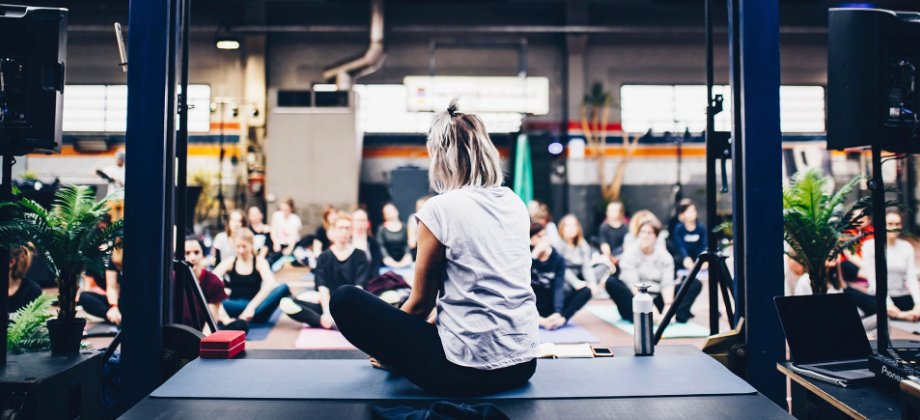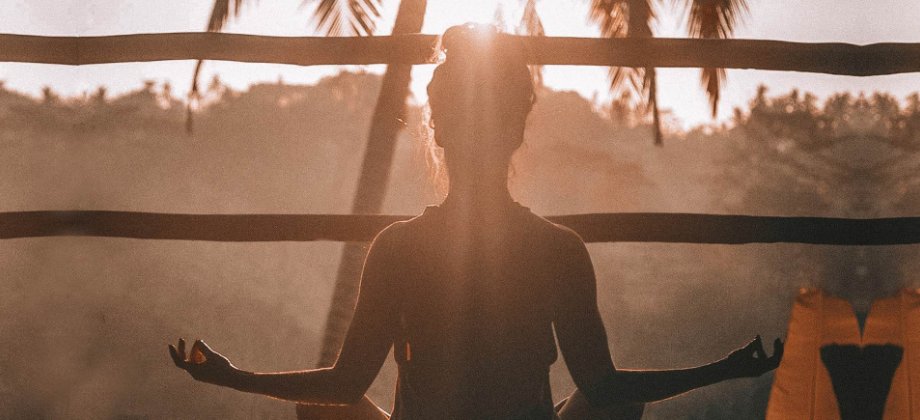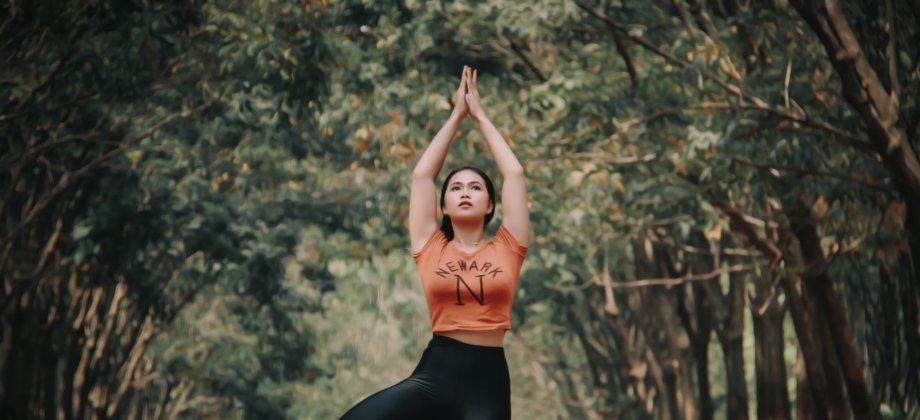
5 Tips for Memorizing Yoga Sequences
Teaching your first few live yoga classes can be challenging, especially if you guide faster-paced styles like vinyasa or power yoga. You can get so caught up in thinking about what comes next that you lose sight of the present. You spend the class flustered, mentally beating yourself up instead of enjoying the flow and camaraderie.
Rest assured you’ll gain comfort and confidence as you progress. However, what are some ways to make challenging routines easier to remember, especially in the beginning? Here are five tips for memorizing yoga sequences.
When the inevitable happens, roll with the punches and smile.
Follow a Muscle Progression
One way to memorize yoga sequences is to follow a specific muscle progression throughout your routine. It can be a backup reminder for what movement comes next if you can remember which muscle groups you want to focus on.
For example, many instructors like to focus on the biggest muscle groups in the body toward the beginning of class to encourage blood circulation. If your opening sequence entails a lot of lower body activation, you know that you will include poses like warrior and chair.
Following this technique also helps in yin and restorative classes, where you might not have to rely on memorization as much. You can include progressive muscle relaxation exercises as part of your routine.
For example, yoga guides often say, “listen to your body,” but this instruction might mean little to a trauma survivor who has learned to shut off their sensations for self-protection. Having them squeeze their quadriceps or biceps with each inhale and releasing with each exhale puts them in touch with these muscle groups so they can better ease chronic pain through breath and gentle movement.
Use Natural Transitions
In many practices, like Ashtanga, how you get in and out of various poses is as important as the asana itself. Of course, if you’re teaching such a highly formalized style, you already have a memorized sequence.
However, you can borrow techniques from more rigid progressions by incorporating natural transitions between movements to help you memorize various sequences. For example, it’s natural to use a modified sun salutation to flow from standing to prone postures like locust. You can utilize poses like cat-cow to get into an all-fours position, which is perfect for segueing to downward-facing dog.
Focus on Each Vinyasa
You might think of vinyasa yoga as an active style (it is) or use phrases like “take vinyasa” to indicate transitions between poses. However, the word itself simply refers to uniting your breath with a specific body movement, and you can use breathwork to memorize yoga sequences.
For example, it’s natural to inhale as you expand, such as stretching your arms to the sky. It’s equally comfortable to exhale when contracting as you do when entering a forward fold. Each segment corresponds to a specific breathing pattern if you teach an active vinyasa or power yoga class.
Let’s look at a simple sun salutation example that focuses on each vinyasa:
- Inhale as you stretch your arms overhead.
- Exhale as you fold forward.
- Inhale as you raise to a flat spine.
- Exhale as you hop or step back to the top of your plank and chaturanga.
- Inhale as you rise to upward-facing dog.
- Exhale as you push back to downward-facing dog.

Create a Unifying Theme
Another way to memorize your yoga sequences is to create a unifying theme for your class. For example, if your focus is on healthy hips, you know that most of your postures will focus on opening this biggest joint.
How do you choose? You might select one like the above example that centers on a specific body part. Another method is to focus on the mental or spiritual aspects of yoga. For example, yoga classes designed to ease anxiety may focus on postures that gently stimulate the vagus nerve to dial down an overactive fight-or-flight response from the sympathetic nervous system.
Remember, It’s Okay to Be Human
Finally, yoga is a practice. It’s not “a perfect” – so don’t expect yourself to be.
You’ll make mistakes and that’s okay. Also, the unexpected may happen – the tiny tots in your youth class might get distracted by the Pilates toning balls occupying the same room, or an infectious disease could move you from indoors to out.
When the inevitable happens, roll with the punches and smile. Part of your job as a guide is to teach your students to handle life’s ups and downs with grace. You’ve got this!
Tips for Memorizing Yoga Sequences
You want to give your participants a great experience. First, you must train your brain. Follow the above tips for memorizing yoga sequences. Your confidence will shine, letting you enjoy your experience even more fully.






